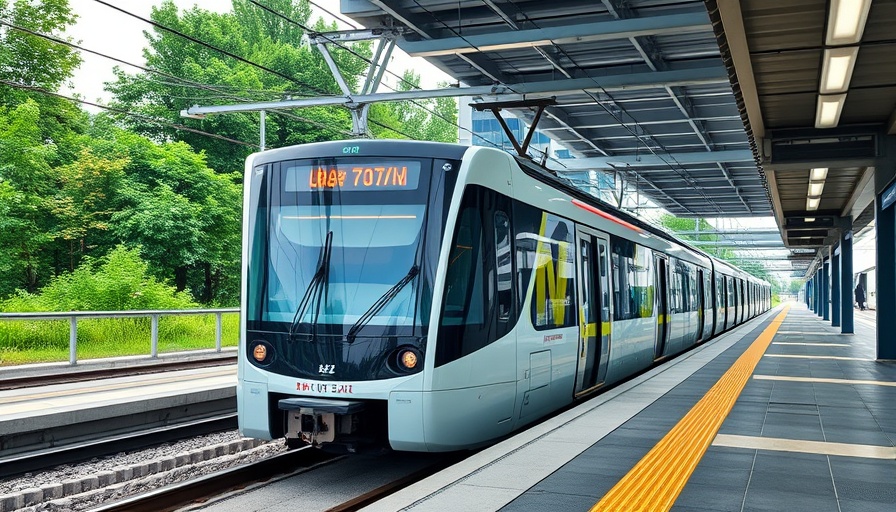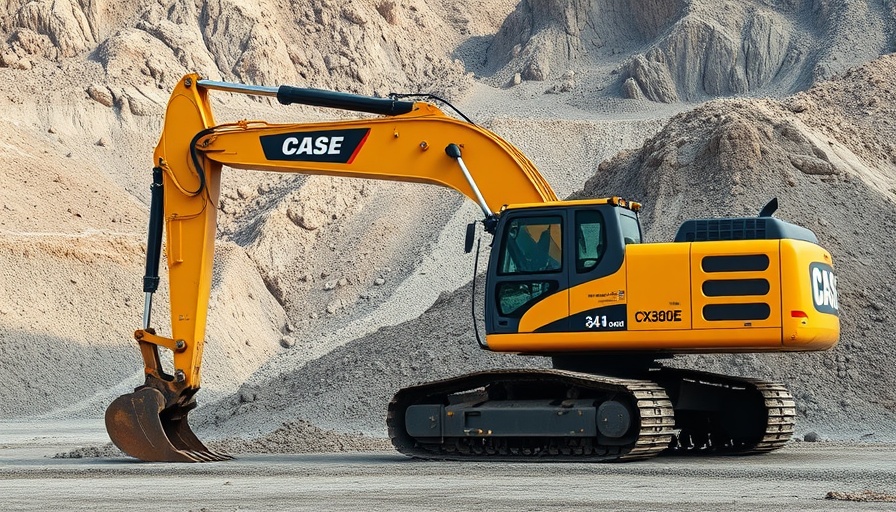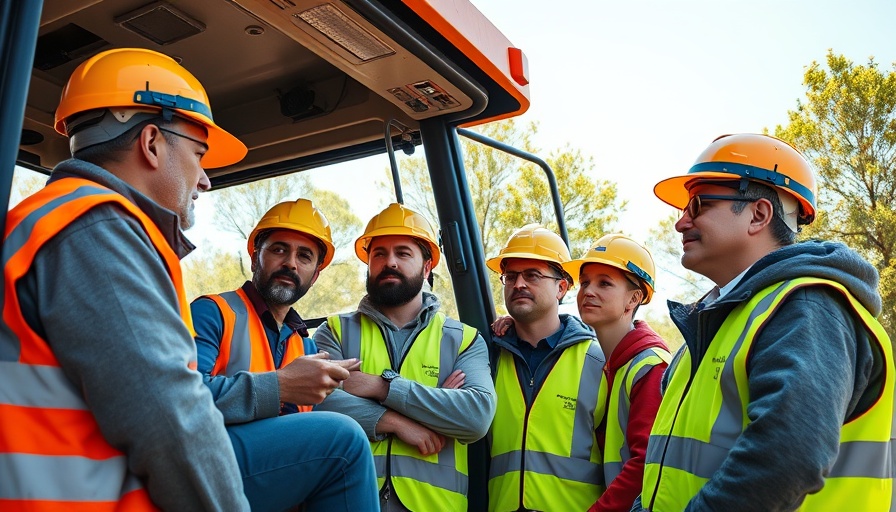
The Significance of the Southeast Gateway Line Project
The Southeast Gateway Line is poised to transform transportation in southeastern Los Angeles County, offering a new 14.5-mile double track light rail that will better connect communities and improve accessibility. With an estimated project cost of $8.6 billion, this ambitious endeavor aims not only to facilitate transit for residents but also to stimulate economic activity across the region. Its nine new stations will run from Artesia, California, to the Slauson/A Line Station, making public transport a more attractive option for thousands of commuters.
The Role of Herzog and FlatironDragados in Urban Development
Herzog and FlatironDragados, the winning joint venture team awarded a $997 million contract for the enabling work, are integral to this project's success. Their expertise in large infrastructure projects means that utility relocations and freight track adjustments will be handled with precision, paving the way for the main construction. The team’s experience, highlighted by successful prior projects, positions them well to navigate the complexities typical of such urban endeavors.
Collaborative Efforts in Environmental Planning
Environmental considerations are increasingly paramount in transit development. The lead environmental and design consultant for the Southeast Gateway Line, WSP, is tasked with ensuring that the project adheres to current environmental standards. This collaborative effort between contractors and environmental consultants exemplifies how modern infrastructure projects must balance development needs with ecological responsibility. The community’s acceptance and environmental sustainability of the project hinge on such partnerships.
The Economic Impacts of Improved Public Transit
Increased access to transportation options often leads to economic growth in affected areas. Local businesses can benefit as more customers find their way to shop, dine, or engage in other services along the route. Moreover, the job creation resulting from the construction and ongoing operations of the Southeast Gateway Line stands to offer significant employment opportunities to the local workforce, thereby enhancing quality of life.
Broader Implications for Urban Transportation in the U.S.
This project marks a significant milestone not just for LA but potentially for urban transportation across the United States. As cities face increasingly congested roadways, light rail and public transit systems can alleviate pressure on existing infrastructure and offer sustainable alternatives. Underlining this point, the successful completion of the Southeast Gateway Line could serve as a model for other urban areas striving to modernize their transportation systems.
Challenges and Future Considerations
Like any large-scale infrastructure project, the Southeast Gateway Line will face challenges, including budget overruns, delays, and logistical hurdles presented by urban construction. Stakeholders must remain vigilant and adaptive to these challenges, ensuring that the benefits ultimately outweigh the drawbacks. Communication with the community will also be key to overcoming potential resistance to changes in their local transit landscape.
Conclusion: A Step Towards Modern Transportation
The Southeast Gateway Line is more than just a transportation project; it represents a commitment to enhancing mobility, economic growth, and sustainability in Los Angeles County. For homeowners and community stakeholders, keeping informed about the project's developments could reveal opportunities for investment and participation in the expanding marketplace of urban infrastructure. The collaboration of experienced contractors like Herzog and FlatironDragados promises an evolving transport landscape that will benefit generations to come.
 Add Row
Add Row  Add
Add 






Write A Comment